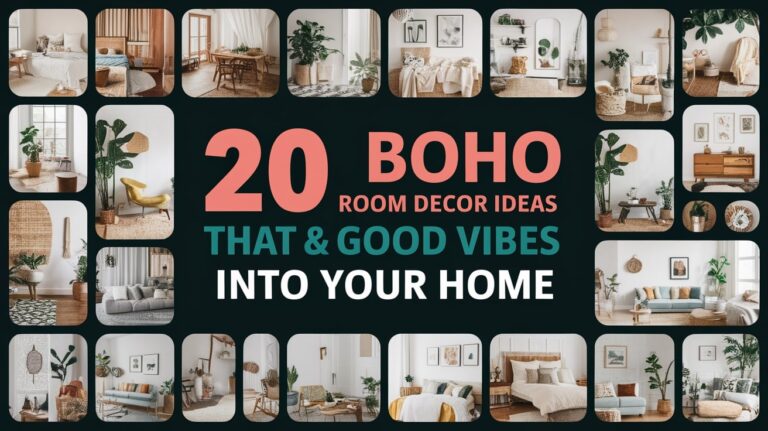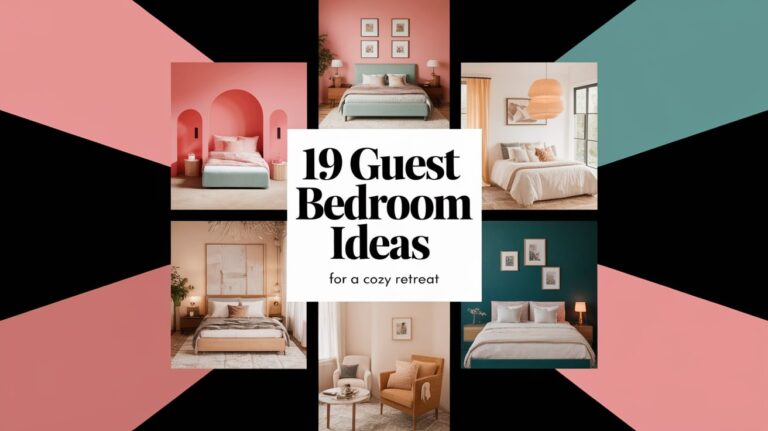20 Essential Living Room Layouts Interior Designers Love
Crafting the perfect living room is an art, and interior designers have mastered it with layouts that blend style, comfort, and function. Whether you’re working with a sprawling space or a cozy nook, these 20 expert-approved arrangements will inspire you to rethink your setup. From timeless symmetry to bold multi-zone designs, each idea maximizes your room’s potential while reflecting your unique vibe. Ready to transform your living space into a designer-worthy retreat? Explore these creative layouts that promise to elevate both aesthetics and everyday living.
Symmetrical Seating Arrangement

A symmetrical seating arrangement is a timeless choice that interior designers often recommend for its balanced and harmonious appeal. This layout typically involves placing identical sofas or chairs opposite each other, creating a sense of order and elegance. It’s perfect for formal living rooms or spaces where you want to foster face-to-face conversations. Adding a central coffee table or rug can anchor the design, while matching side tables and lamps enhance the symmetry. This arrangement works well in both large and small spaces, offering a clean and organized look that’s visually pleasing and functional.
Open Concept Integration

Open concept living rooms are a favorite among designers for their spacious and airy feel. This layout seamlessly blends the living area with adjacent spaces like the kitchen or dining room, creating a cohesive flow. To define the living room within an open floor plan, use area rugs, furniture placement, or lighting. A sectional sofa or a pair of armchairs can help delineate the space without closing it off. This design is ideal for modern homes, promoting social interaction and making the area feel larger and more inviting.
Corner Sectional Optimization

Corner sectional sofas are a versatile choice for maximizing seating in smaller living rooms. Placing a sectional in the corner frees up floor space and creates a cozy, intimate seating area. Pair it with a round coffee table to soften the angles and add a stylish ottoman for extra comfort. This layout is perfect for families or those who love to entertain, as it offers ample seating without overwhelming the room. Designers often recommend this setup for its practicality and ability to adapt to various room shapes and sizes.
Floating Furniture Layout

A floating furniture layout involves arranging pieces away from the walls, creating a more dynamic and engaging space. This design works particularly well in larger rooms, where furniture can be grouped around a central focal point like a coffee table or rug. It encourages movement and interaction, making the room feel more inviting. Designers love this layout for its flexibility and modern appeal, as it allows for creative arrangements that break away from traditional setups.
Multi-Focal Point Design

For larger living rooms, a multi-focal point design can add depth and interest. This layout incorporates multiple features, such as a fireplace, a large window, or a piece of art, to draw the eye in different directions. Balance is key here—arrange furniture to complement each focal point without overcrowding the space. Designers often use this approach to create a layered and visually stimulating environment that feels cohesive yet dynamic.
Cozy Reading Nook

A cozy reading nook is a charming addition to any living room, offering a quiet retreat within a shared space. Designers recommend placing a comfortable armchair or loveseat near a window or in a quiet corner, paired with a side table and a floor lamp. Add soft textiles like throw pillows and a blanket to enhance the comfort. This layout is perfect for book lovers or anyone looking to create a serene spot for relaxation.
Sunlight-Oriented Setup

Maximizing natural light is a priority for many designers, and a sunlight-oriented layout does just that. Position seating areas near windows to take advantage of the light, and use sheer curtains to diffuse it softly. Mirrors can also be strategically placed to reflect light and brighten the room. This setup creates a warm and inviting atmosphere, making the living room feel more spacious and cheerful.
Minimalist Simplicity

Minimalist living room layouts focus on clean lines, neutral colors, and functional furniture. Designers often opt for a few key pieces that serve a purpose, avoiding clutter and unnecessary decor. A simple sofa, a sleek coffee table, and a statement light fixture can create a serene and uncluttered space. This layout is ideal for those who prefer a modern, understated aesthetic that emphasizes quality over quantity.
Multi-Functional Living Area

In smaller homes, a multi-functional living area is a practical solution. Designers recommend using versatile furniture like sleeper sofas, storage ottomans, or foldable tables to maximize space. This layout allows the living room to serve multiple purposes, such as a guest room or home office, without sacrificing style. Clever storage solutions and thoughtful arrangements ensure the space remains functional and visually appealing.
Engaging Conversation Zone

An engaging conversation zone is all about fostering interaction. Designers achieve this by arranging furniture in a circular or U-shape, with seats facing each other. A central coffee table or rug ties the arrangement together, creating a cozy and inviting atmosphere. This layout is perfect for entertaining or simply enjoying quality time with family and friends.
Asymmetrical Design Balance

Asymmetrical layouts offer a fresh and modern take on living room design. By balancing different shapes, sizes, and textures, designers create a dynamic and visually interesting space. For example, pair a large sofa with two mismatched chairs or use varying heights with side tables and lamps. This approach adds personality and creativity to the room while maintaining a sense of harmony.
Statement Centerpiece Emphasis

A statement centerpiece, such as a bold coffee table, a unique chandelier, or a piece of art, can anchor the living room layout. Designers often build the rest of the room’s design around this focal point, ensuring it stands out without overwhelming the space. This approach adds a touch of drama and sophistication, making the living room feel curated and intentional.
Fireplace-Focused Layout

A fireplace-focused layout naturally draws attention to this cozy feature. Designers recommend arranging furniture around the fireplace to create a warm and inviting gathering spot. A pair of armchairs or a sectional sofa facing the fireplace can enhance the ambiance, while a mantel decorated with art or decor adds personality. This layout is perfect for colder climates or homes with a traditional aesthetic.
Media-Centric Arrangement

For those who love movie nights or gaming, a media-centric layout is a must. Designers suggest positioning the TV or entertainment unit as the focal point, with comfortable seating arranged for optimal viewing. A sectional sofa or recliners work well, and proper cable management ensures a clean and organized look. This setup combines functionality with comfort, making it ideal for modern living.
Artistic Feature Showcase

An artistic feature showcase highlights unique decor elements, such as a gallery wall, a sculpture, or a bold piece of furniture. Designers often use this layout to express the homeowner’s personality and style. Arrange furniture to complement the art without distracting from it, and use lighting to accentuate the feature. This approach adds a creative and personalized touch to the living room.
Indoor-Outdoor Flow Design

An indoor-outdoor flow design blurs the boundaries between the living room and outdoor spaces. Designers recommend using large sliding doors, similar color palettes, and complementary furniture to create a seamless transition. This layout is perfect for homes with patios or gardens, enhancing the sense of space and connection to nature.
Defined Multi-Zone Layout

A defined multi-zone layout divides the living room into distinct areas for different activities, such as lounging, dining, or working. Designers use rugs, furniture placement, or lighting to delineate each zone while maintaining a cohesive overall design. This approach is ideal for open-concept spaces or larger living rooms, offering both functionality and style.
Unified Monochrome Styling

A unified monochrome layout uses varying shades of a single color to create a harmonious and sophisticated look. Designers often incorporate different textures and materials to add depth and interest. This minimalist approach is perfect for those who prefer a calm and cohesive aesthetic, making the living room feel serene and polished.
Eclectic Fusion Setup

An eclectic fusion layout combines elements from different styles, periods, and cultures for a unique and personalized look. Designers recommend balancing bold patterns, colors, and textures to create a cohesive yet dynamic space. This approach is ideal for those who love to experiment and express their individuality through decor.
Family-Friendly Organization

A family-friendly layout prioritizes comfort, durability, and functionality. Designers suggest using stain-resistant fabrics, sturdy furniture, and ample storage to keep the space organized and kid-friendly. This setup ensures the living room remains a practical and welcoming space for the whole family to enjoy.







